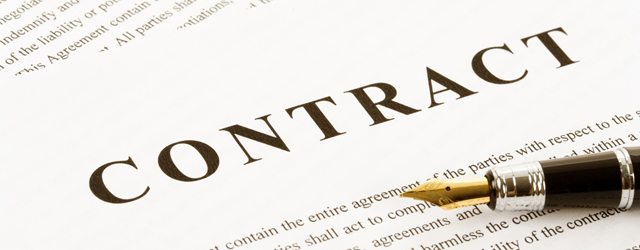This article is focused on New Zealand law and explains issues from a Common law perspective.
How to enforce your rights under a property easement within NZ
Introduction
An easement is a right that a property owner has to some use of the (usually adjoining) property of another - for example, a right of way such as a driveway. If your rights under an easement are being interfered with you can take action to remove the interference yourself ("abatement") or you can bring proceedings in the courts.
This area has its own special terminology:
- The person who enjoys the easement over the other person's property is called the "dominant owner", and that person's land is called the "dominant tenement".
- The land subject to the easement is called the "servient tenement", and the owner of that land is referred to as the "servient owner".
"Legal" and "equitable" easements: when are they binding?
An easement may be binding either legally or equitably (for this distinction and the ways in which these different types of easement can be created, see How to create an easement). A legal easement is created by being registered on the Certificate of Title to the property that is subject to the easement, and will ordinarily bind subsequent owners of the property. An equitable easement binds a subsequent owner only if he or she was aware of the easement at the time of the sale.
Easements are unenforceable if the same person owns both properties
For rights and obligations under an easement to be enforceable, there must be separate ownership of the dominant and servient land. If the ownership of the servient tenement becomes vested in the dominant owner, the easement will be considered to have been extinguished; this is called extinguishment by "merger" (see How to extinguish an easement).
How do I take action to enforce an easement?
To enforce an easement you can either:
- take action to remove the interference with your rights yourself ("abatement"), or
- bring legal proceedings in the courts in the form of an action for private nuisance
Abatement
Abatement is regarded as a self-help remedy, which in certain circumstances permits the dominant owner to go onto the land and remove an obstruction if it is interfering with an easement. An example would be unlocking a locked gate that was blocking a driveway through which you have a right of way.
Bringing legal proceedings to enforce the easement
A wrongful disturbance of an easement is regarded by the courts as a legal nuisance, and therefore you will need to bring an action in private nuisance to enforce your rights. However, the disturbance cannot be a merely trivial or nominal one: there must be some substantial interference with the enjoyment of your rights.
Remedies for wrongful interference of an easement include:
- an injunction (where the court makes an order prohibiting the servient owner from interfering with your rights)
- a declaration (where the court makes a binding statement of the parties' rights and obligations), or
- damages
The courts have a wide discretion in the choice and degree of remedy that may be granted.
Agreement to extinguish or vary the easement
The parties may agree between them to extinguish the easement by "surrender": see How to extinguish an easement.
The parties can also agree between them to vary the easement by both of them executing and registering a Memorandum of Variation of Easement under the LAND TRANSFER ACT 2017 This is then noted on the Register in the same way as the original Memorandum of Transfer that created the easement. This is done through Land Information New Zealand.
Easements may be modified or extinguished by the court
If you bring an action to enforce your rights under an easement, the other party can apply to the court to have the easement modified or extinguished. For the grounds on which the court can make the order, see How to extinguish an easement.
An occupier of land subject to an easement may also apply at any time under the same provision to have the court exercise this power.
Court may rectify mistakes
If there are mistakes in either the descriptions or rights conferred by an easement, the court may rectify such a mistake if it is clear the document does not reflect the parties' intentions. This is an expensive remedy.
Cautionary notes
- If you wish to bring legal proceedings to enforce an easement, you will need to consult a lawyer.
HowToLaw has partnered with JustAnswer.com
Here you may discuss your legal issue with Lawyer specialising in Family, Employment, Immigration, Property, Business, Consumer Protection, Estate Law and more.














